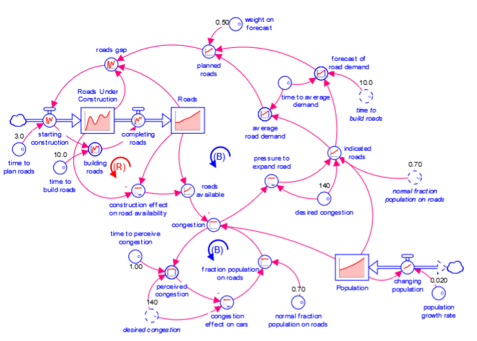Public Health Problem Analysis
Fast Fashion as a Public Health Problem
Fast fashion, defined as
...
Read more
Public Health Problem Analysis
Fast Fashion as a Public Health Problem
Fast fashion, defined as the rapid production of inexpensive clothing to meet current trends, poses significant public health challenges. This model emphasizes affordability and accessibility, but it conceals severe environmental and social harms, making it a pressing public health issue.
Definition of the Problem
Fast fashion's negative impacts stem from its resource-intensive production processes, unsustainable consumption patterns, and the disposal of textiles. Textile production often involves water-intensive cotton farming and the use of untreated dyes, which contribute to environmental pollution. Workers in textile factories, particularly in low- and middle-income countries (LMICs), face unsafe working conditions and low wages, creating global environmental justice concerns (Biological Diversity, n.d.).
Magnitude of the Problem
The global textile industry has seen a dramatic increase in production. For instance, the per capita fiber production rose from 7.6 in 1995 to 13.8 kilograms in 2018, even as the global population increased from 5.7 billion to 7.6 billion during the same period (Nature, 2022). Fast fashion has led to the production of over 100 billion items of clothing annually, kilograms doubling the output compared to pre-2000 levels (NIST, 2021). Furthermore, clothing is worn, on average, only seven times before being discarded (NIST, 2021). These behaviors contribute to the estimated 60 million tons of clothing purchased yearly, a number projected to rise to 100 million tons by 2030 (EPA, 2021).
Population(s) of Focus
LMICs are disproportionately affected by the public health impacts of fast fashion. Textile workers and residents near factories are at risk of exposure to untreated dyes and chemicals. Additionally, these countries often receive large quantities of second-hand clothing, much of which cannot be recycled and contributes to environmental degradation (EPA, 2021). The lack of robust environmental regulations and labor protections exacerbates these issues (Biological Diversity, n.d.).
Consequences at the Population Level
Fast fashion contributes to environmental degradation, including water pollution and increased greenhouse gas emissions. The production of synthetic fibers, such as polyester and nylon, relies on fossil fuels, adding to climate change. Socially, workers face health risks from exposure to toxic chemicals and unsafe working environments. At the community level, discarded textiles in LMICs overwhelm local waste management systems, creating public health hazards (EPA, 2021; NIST, 2021).
Costs to Society
The financial burden of managing textile waste in the United States alone exceeded $4 billion in 2020. This figure includes collection, landfilling, and incineration costs, which are expected to increase as landfill capacities decrease and transportation costs rise (EPA, 2021). Globally, the health costs associated with exposure to pollutants and unsafe working conditions add to the societal toll.
Conclusion
Fast fashion exemplifies a multifaceted public health issue that requires coordinated efforts from policymakers, industry leaders, and consumers. Strategies such as implementing circular economy models, enforcing environmental regulations, and promoting sustainable consumption are crucial to mitigating its impacts. Public health professionals must advocate for sustainable practices to address the environmental and social inequities perpetuated by this industry.
Problem statement
Fast fashion exacerbates environmental degradation, perpetuates occupational hazards in low-regulation settings, and strains waste management systems, constituting a significant global public health challenge.
https://www.biologicaldiversity.org/programs/population_and_sustainability/sustainability/fast_fashion#
https://pubmed.ncbi.nlm.nih.gov/30591057/
https://nvlpubs.nist.gov/nistpubs/SpecialPublications/NIST.SP.1500-207.pdf
https://www.nature.com/articles/d41586-022-02914-2
https://www.epa.gov/facts-and-figures-about-materials-waste-and-recycling/textiles-material-specific-data
https://www.epa.gov/facts-and-figures-about-materials-waste-and-recycling/methodology-epas-facts-and-figures-materials
https://www.clearbluesea.org/wp-content/uploads/2021/06/Fast-Fashion-White-Paper-2021-09-15.pdf this is my paper and for this paper i need stock flow diagram for which my specifications are at least one stock
at least 3 inflows
at least 3 outflows
at least 1 feedback loop
appropriate nomenclature



